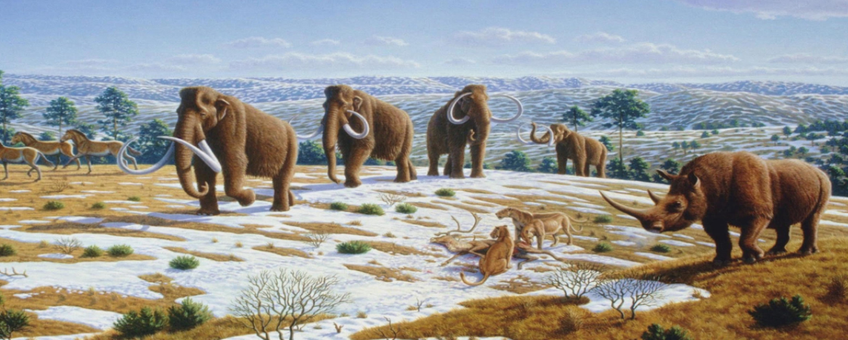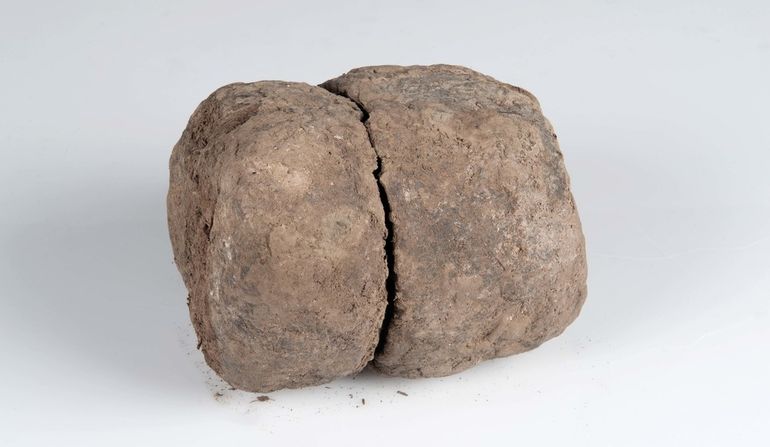
Ice Age poo reveals the mammoth’s varied diet
Naturalis Biodiversity Center“Most studies into the Arctic vegetation during this epoch have examined fossil pollen and plant remains. That gave rise to an image of a landscape dominated by grasses: also referred to as the mammoth steppe,” says Marcel Polling from Naturalis Biodiversity Center, the main author of a paper recently published in the scientific journal Quaternary Science Reviews. “However, these methods have various problems. For example, the results from pollen analyses are dominated by species that produce large quantities of pollen, such as grasses, whereas well-preserved plant remains are extremely rare.”
Faeces of giants
Polling, together with an international research team, used a relatively new technique to disclose the Arctic vegetation: DNA metabarcoding. As the Arctic permafrost works like a natural freezer, DNA fragments from plants and animals often remain perfectly preserved for thousands of years in the faeces of the Pleistocene giants. That allows researchers to track down centuries-old DNA and compare it with the modern counterparts of these animals. This technique has previously been used on this kind of faeces samples, but this is the first time that such long fragments of DNA were found. Thanks to these large fragments, the research team could determine the plant remains in considerable detail, as a result of which an unparalleled insight was obtained into the diet of the animals and the landscape in which they lived.

The team examined samples from mammoths, a steppe bison, two prehistoric horses, and caribous. These varied in age from almost 29,000 years old to quite recent. A wide range of interesting stories was disclosed: for example, in 12,000-year-old bison faeces, the team found large quantities of DNA from the northern water hemlock (Cicuta virosa), a highly poisonous plant that most probably caused the animal’s death. “In the horse samples, we found a high diversity of flowering plants and water plants. This indicates that these animals not only lived on grass, like our current horses, but had a varied diet in a swampy landscape,” Polling explains.
Last meal

“But the results from the five mammoths are the most interesting. It is generally assumed that these were grazers that mainly lived off grasses. Two of the samples studied did indeed show that grass species dominated their last meal,” Polling states. “However, the samples from the other mammoths reveal a wide variety of plants and shrubs besides grasses. Furthermore, the specific species composition indicated that the mammoth was found in a range of habitats and not exclusively on steppes,” he continues.
“This confirms the presence of a mosaic of habitats in the Pleistocene landscape that mammoths could fully utilize thanks to a considerable flexibility in their choice of food.” For example, this research is relevant for Rewilding Europe, an initiative to reintroduce wild animals to their original territory.
More information
Text: Marcel Polling, Naturalis Biodiversity Center
Photos: Mauricio Antón/Wikimedia Commons (lead photo: a late Pleistocene landscape (in what is now Spain) with woolly mammoths, equine species, a woolly rhinoceros, and Eurasian cave lions with a reindeer carcass); Henk Caspers, Naturalis; Marcel Polling, Naturalis
